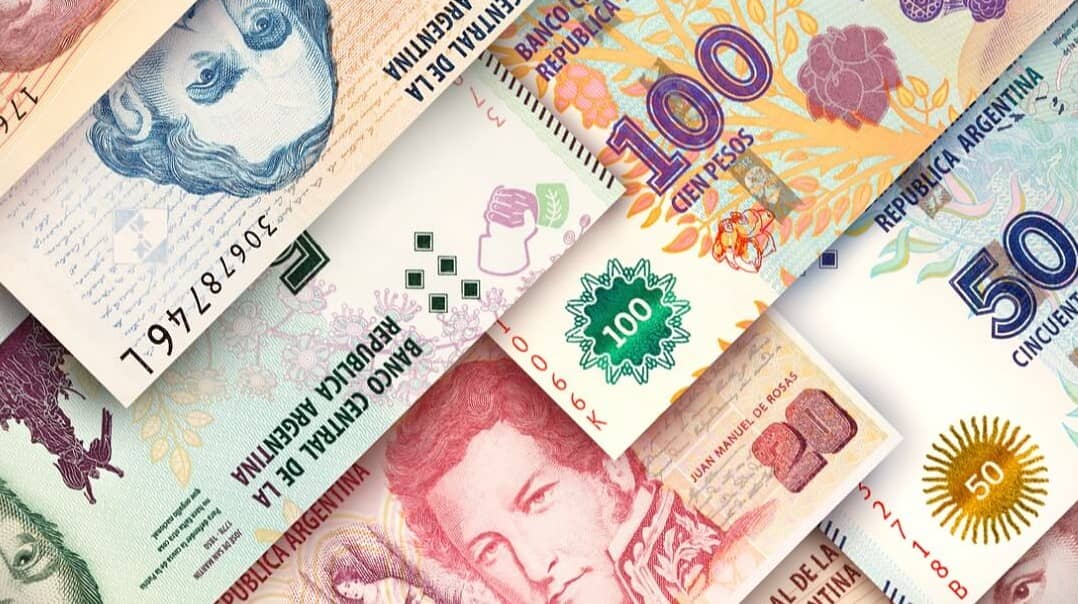RIO DE JANEIRO, BRAZIL – Argentina’s inflation registered an increase of 5.1% in May. With this result, the country’s price index reached 60.7% in the accumulated 12 months. It is the highest value in 30 years.
The May variation beat April’s, which had already been the highest since 1992. At the time, Argentina was coming out of a period of hyperinflation and had an annual index of 76%.
The data were released by Indec (National Institute of Statistics and Censuses) on Tuesday, June 14.
Considering the five largest economies in Latin America, Argentina has the second-highest accumulated inflation in 12 months, followed by Brazil.

As far as the G20 economies are concerned, Argentina also ranks second. Turkey has the highest cumulative inflation to date, with a price index of 73.5% in the last 12 months.
Brazil is in fourth place, with inflation of 11.7% in the period.
The target set by Alberto Fernández’s government with the IMF (International Monetary Fund) is 38% to 48% by the end of 2022.
On a monthly basis, Argentina’s inflation slowed down, from a high of 6% in April to 5.1% in May. Year-to-date through May, inflation is at 29.3%.
The Argentinean economic scenario still counts on the rise of the parallel dollar, called “blue dollar”, which is now sold at ARS 224.
The value exceeds that of January this year when the local market showed uncertainty about the directions of the agreement with the IMF, and the dollar was traded at ARS 223 (without correction for inflation).
According to data from the Argentine Central Bank, the official dollar rate is ARS 127. Thus, the difference between the country’s official quotation and the parallel one is ARS 97.
In the conversion with the Brazilian currency, R$1 buys ARS 43.29, considering the blue dollar. Considering the official dollar in Argentina, R$1 can buy ARS 23.60.
The rise in the price index puts pressure on the dollar’s value in the Argentinean economy. Investors are uncertain about the government’s ability to pay public debts, with inflation at a record high compared to the last three decades.
MAY RESULTS
Healthcare prices drove Argentina’s inflation. The category registered the highest rise for the month, at 6.2%.
Transportation comes next, with a high of 6.1%. The price of fuel is what impacts the category the most.
The country faces a diesel shortage, which also affects Argentine supply chains. In the yearly comparison, the transportation category increased by 56.7%.
With information from Poder360

